Cursor 1.0: How AI Is Rewriting the Future of Software Development
When AI evolves from writing code snippets to orchestrating entire development workflows, the impact is seismic. Cursor 1.0 isn’t just an upgrade—it’s a paradigm shift. By integrating AI across the software lifecycle, it redefines how developers collaborate with machines. Let’s unpack why this release is a game-changer for coders, startups, and enterprises alike.
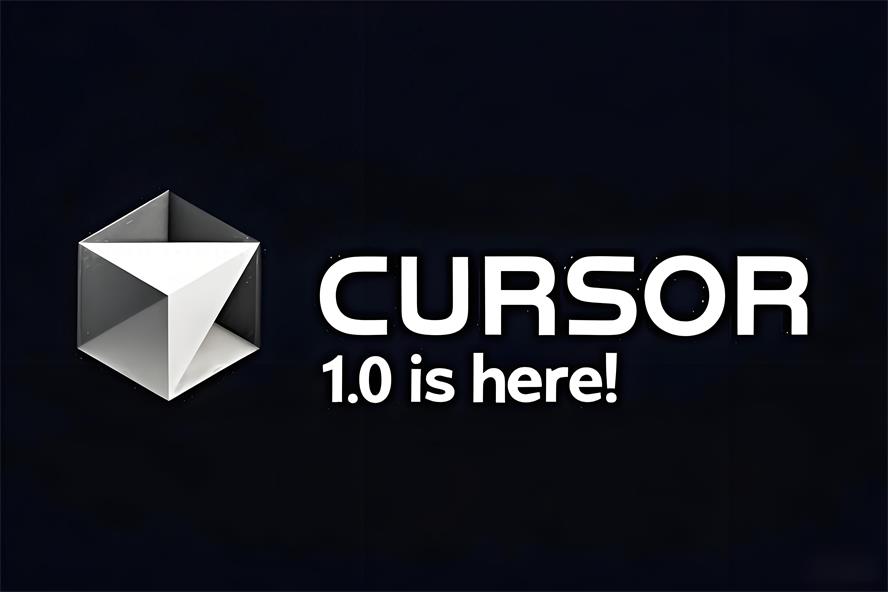
🔄 The AI-Powered Development Workflow
Cursor 1.0 introduces five revolutionary features that automate critical development stages:
1. BugBot: Autonomous Code Review
- Automated PR Scanning: Instantly detects bugs, performance issues, and anti-patterns in pull requests.
- One-Click Fixes: Resolve issues directly in-editor with AI-suggested patches—reducing production bugs by 60%+ in early tests.
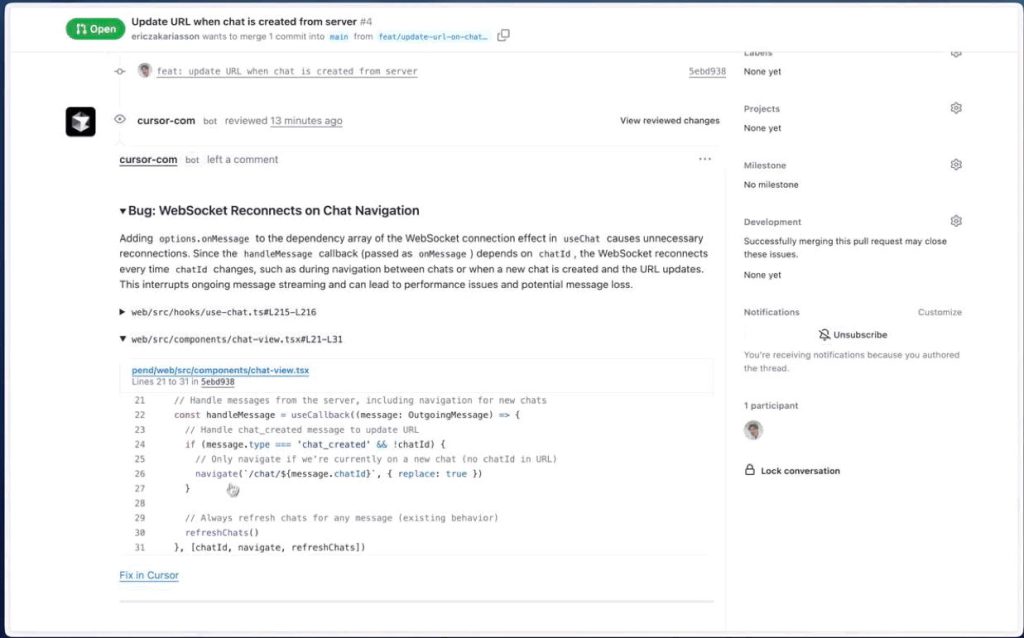
Why it matters: Turns hours of manual review into seconds of AI-powered precision.
2. Background Agent: Your Async Coding Partner
- Task Automation: Press
Ctrl/Cmd+Eto delegate research, debugging, or script generation to AI. - Context Switching Solved: Focus on core logic while AI handles grunt work.
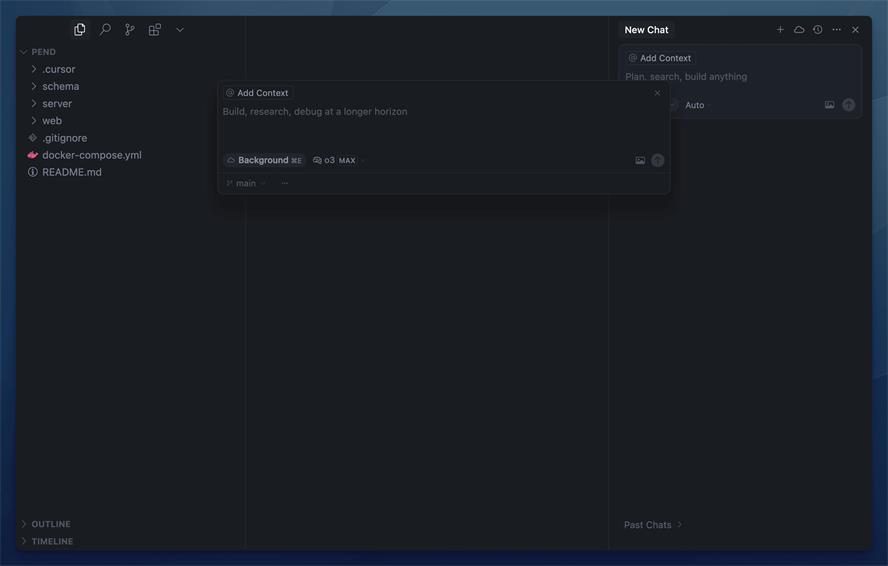
Pro Tip: Use it to generate documentation or troubleshoot legacy code mid-session.
3. Jupyter Notebooks Integration
- AI-Driven Data Science: Edit cells, debug models, and visualize data without leaving your notebook.
- Accelerated Research: Cut experiment iteration time by 50% for ML/AI projects.
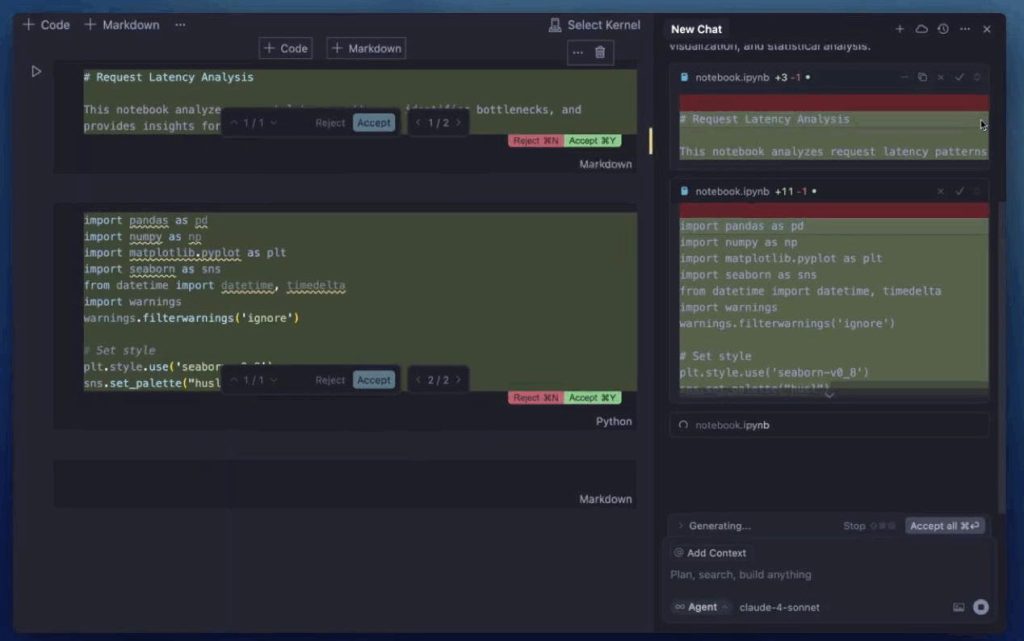
4. Project Memories (Beta)
- Context-Aware AI: Learns your codebase conventions, decisions, and history.
- Personalized Workflows: Minimizes repetitive explanations—adjust memory settings for privacy/balance.
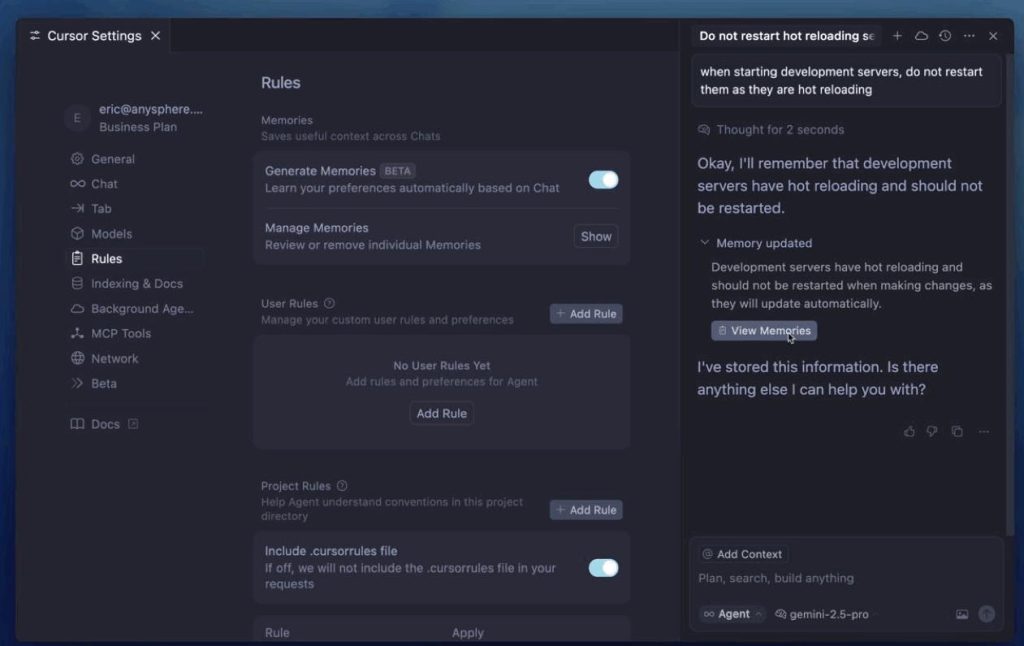
5. MCP Ecosystem: Open AI Toolchain
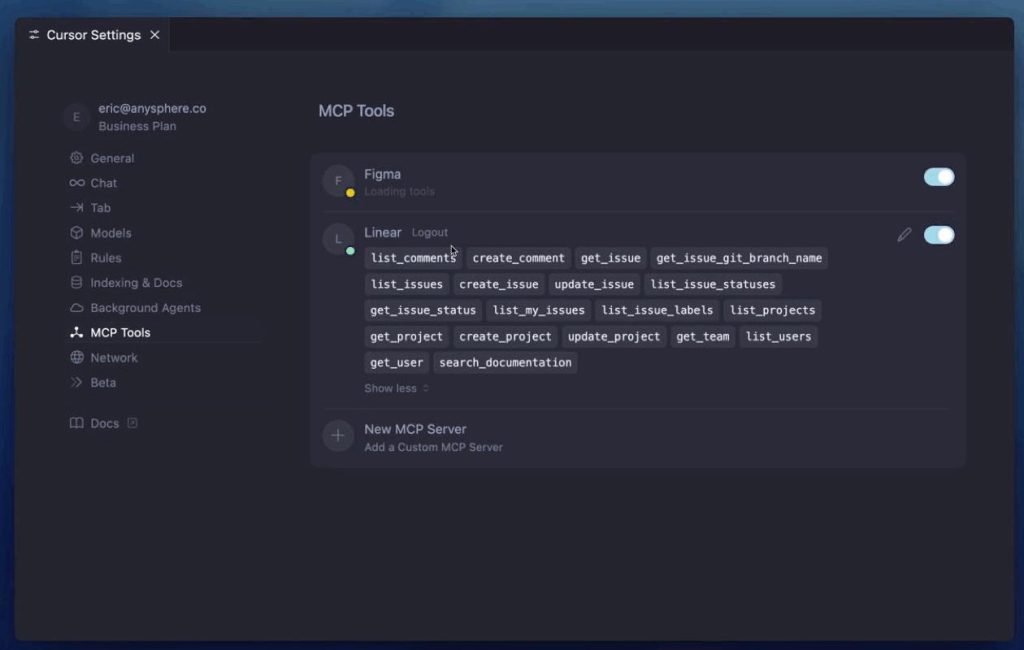
- One-Click Deployment: Simplify setup with pre-configured MCP servers.
- Extensible Marketplace: Integrate third-party AI tools like LangChain or custom MCPs.
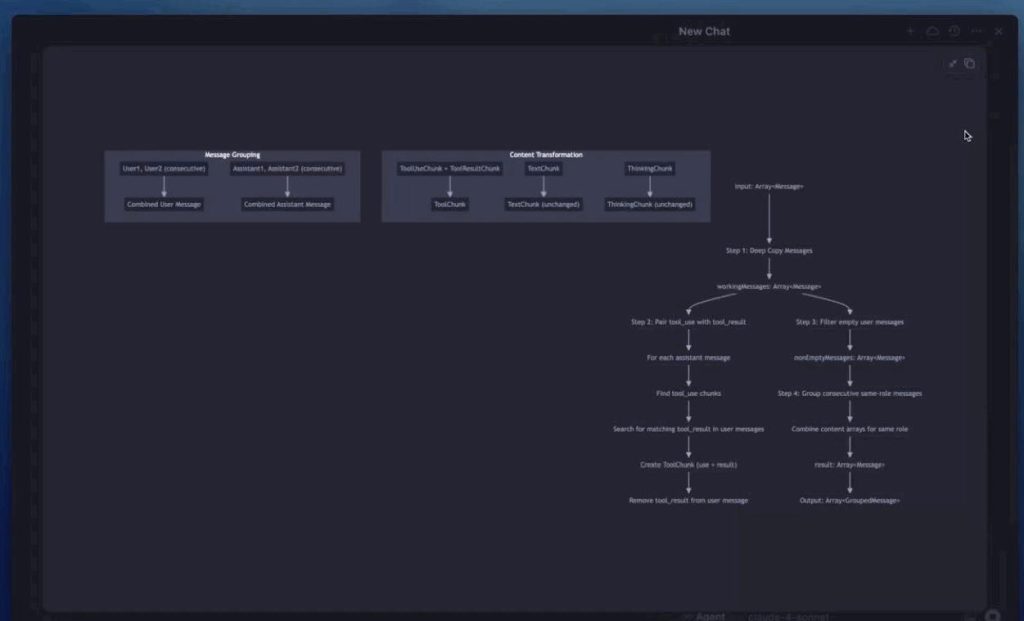
Explore more: AI-Kit’s Programming Assistant Tools
⚡️ Why Cursor 1.0 Outshines Competitors
| Tool | Limitations | Cursor’s Edge |
|---|---|---|
| Copilot | Snippet-level suggestions | Full workflow automation |
| Jenkins/GitLab CI | Manual rule configuration | AI-driven pre-deployment checks |
| Low-code platforms | Limited customization | Pro dev efficiency ×3 |
Real-World Impact:
Silicon Valley dev testimonial:
“BugBot caught 3 concurrency flaws in my payment module at 3 AM. With AI fixes + Redis optimizations, I shipped in 4 hours—not 2 days.”
🎯 Who Benefits Most?
- Startups: 1 dev = 3 human equivalents. Slash costs via AI review/automation.
- Data Teams: 50% faster model iteration with Jupyter + AI co-piloting.
- Junior Devs: BugBot acts as a 24/7 mentor, reducing trial-and-error.
- Enterprise Engineers: Background Agent solves cross-system debugging chaos.
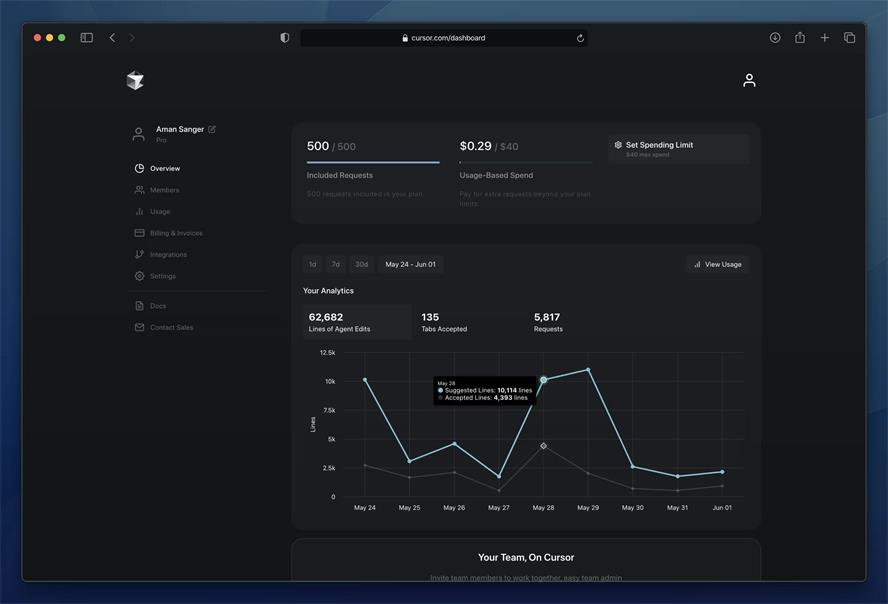
💡 Implementing Cursor 1.0: Quick Wins
- Activate Background Agent for async tasks during meetings/deploys.
- Use BugBot as a pre-commit gatekeeper.
- Build custom MCPs for proprietary frameworks.
🔮 The Future: Human as AI Orchestrator
Cursor signals a irreversible trend: Developers will evolve from coders to AI conductors. Success hinges on:
- Precision task delegation (e.g., “Optimize this DB query + add error handling”)
- Strategic decision-making (architecting, risk assessment)
- MCP ecosystem leverage
As Anysphere’s founder declared: “Cursor isn’t replacing developers—it’s giving each one an AI army.”
🚀 Embrace the AI-Native Workflow
Cursor 1.0 moves beyond incremental improvements to forge a complete AI development loop—coding, review, debug, deploy. While rivals tweak autocomplete, Cursor reimagines software labor.
History repeats:
- 2000s: IDE-averse devs faded.
- 2010s: Teams ignoring Git vanished.
- Today: Those dismissing AI collaboration risk obsolescence.
Try Cursor 1.0: Cursor
Dive deeper into AI tools: Explore AI-Kit’s Dev Tools Hub for Copilot alternatives and workflow optimizers.